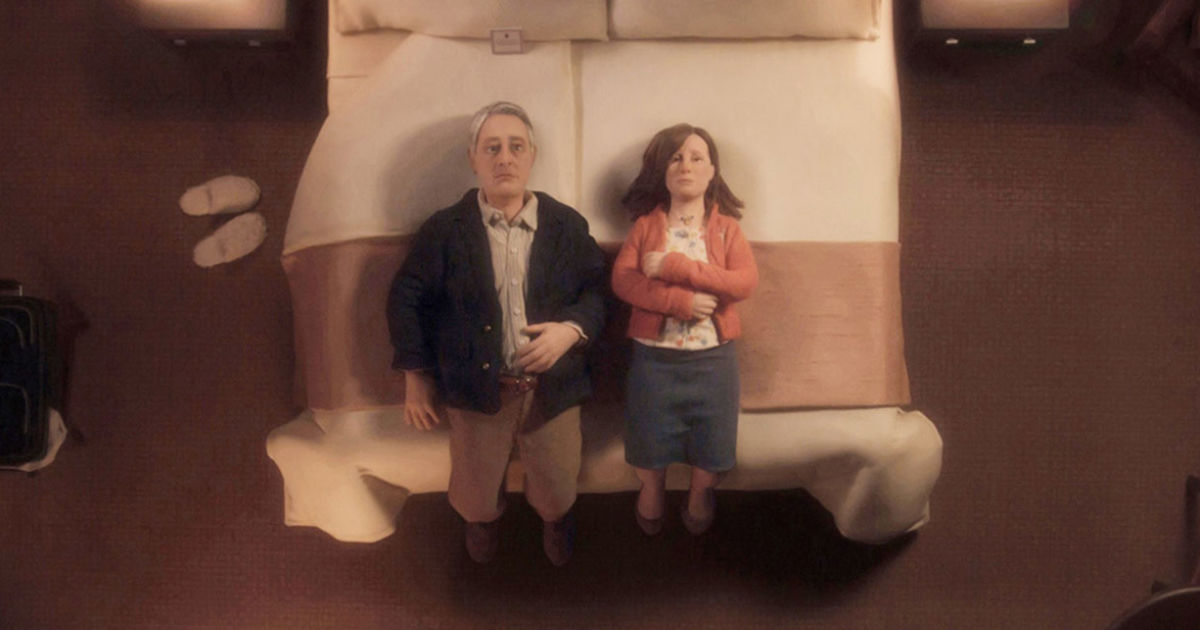6. Cat on a Hot Tin Roof

Homosexuality was a tough and brave subject to show in Hay’s code America. Based on the Pulitzer Prize-winning play of the same name, one of the greatest directors of Hollywood, Richard Brooks made the film “Cat on a Hot Tin Roof” with the dream cast of Elizabeth Taylor, Paul Newman, and Burl Ives.
The affluent Brick Pollitt and Maggie’s marriage is falling because of the former’s infidelity and the latter’s greed of the family inheritance, and in the meantime, the cancer victim, dying father Big Daddy comes to visit the family home. Maggie pressured the sad Brick, who is grieving over the death of his homosexual partner Skipper, to pursue his father’s will. This homosexual angle is only hinted at because of the Hay’s code, but clearly, it was one of the reasons for their unsuccessful relationship.
“Cat on a Hot Tin Roof” ends on an obligatory positive vibe because after all, it was a romantic drama with a plot surrounding a dysfunctional relationship, but in its entire runtime, the film acts more like a psychological horror film than the former. Maggie fakes a pregnancy to please the dying “Big Daddy,” but Brick’s homosexuality poses a big question to its later fulfillment. It is a horror to enter such a relationship and maintain it and “Cat on a Hot Tin Roof” is a reminder to not do so.
7. Anomalisa

The world is a tough place for loners. It is not every day that a socially awkward person would meet a woman who he would later intend to marry; it is nothing short of a miracle when the woman reciprocates. But the inability to find the source of happiness is a curse and Michael Stone becomes a victim of that terrible fate after a momentary shine of hope.
Charlie Kaufman is not new when it comes to writing existential dramas and in “Anomalisa” he created a protagonist who is unable to romantically engage with anyone because the illusory bubble of love easily fades for him. Regardless of that, on a work tour to a Cincinnati hotel, he finds fascination in one woman and intends to get into a relationship after a night of consensual sex. However, it is not long before he would find that the woman is very normal like any other girl. He travels back to his home, to his wife and children and resuming the usual unhappy life from there.
Michael wishes to explain to his ex-flame about the sudden end of their relationship, but his deteriorating mental condition prohibits him to do so. He is also presumably suffering from Fregoli delusion, which is a piece of additional baggage for successful communication. A weird sci-fi romance that strongly tends toward dystopia, Charlie Kaufman’s “Anomalisa” is a nightmarish horror.
8. Secretary

Why do people endure the pain of BDSM? The answer would point toward the resulting pleasure, which is much stronger than the painful ritual. Love is another reason why people would accept this fetish of their partner. Steven Shainberg’s “Secretary” shows the incomprehensible distance one would go to satisfy the sexual craving of their partner. Lee Holloway, the secretary to attorney E. Grey, starts a BDSM relationship with the boss while maintaining a platonic relationship with her boyfriend Peter. Slowly, Lee understands that there is more to their relationship than sex and proposes to him.
The uncertain Grey orders Lee to prove her devotion to him by sitting still in the chair without any movement until he orders. Days pass, Lee doesn’t move, and the viewers are surprised as well glued in the horror of the situation. With every passing moment, the horror is more real, estimating the tragic fate of Lee. The ending is pleasing as usual, but for a significant period, the horror of the situation overtrumps the romance and eros.
9. Gate of Hell

The Japanese imperial society was unbelievably conservative toward polygamist adultery and continues to remain so. In Japanese society, the honor and pride of Japanese women is above everything; even if in the process of remaining faithful, she loses everything. Then, the thirst for power in masculinity is an inevitable danger to this phenomenon as everyone knows sex is more about power than sex. Lust and love have always been mixed up and the powerful Japanese men know the destructing passion of lust.
Teinosuke Kinugasa’s fantastic “Gate of Hell” is one great story of how a woman protects her pride. In the times of the Heiji rebellion, a samurai named Morito was so consumed by his passion for the lady courtesan Kesa that he plotted to kill her husband when he sleeps with the help of Kesa. Kesa accepts the love of Morito as the intelligent lady knows that refusal was not the right way to escape and save her pride. Their romance transforms into a bloody tragic climax when it is revealed that the instruction Kesa gave to Morito to plot the assassination of his husband would eventually sacrifice her life
. Boasting excellent use of color and cinematography by Kōhei Sugiyama, “Gate of Hell” brings alive the imperial period of Japan whose tale of passion is more akin to a horror story than a romance. Its brilliance has been acknowledged by Martin Scorcese for its brilliant use of color.
10. The Isle

Kim Ki-duk films are always a challenge to watch considering the brave treatment of the auteur. “The Isle,” a predecessor to “Spring, Summer, Fall, Winter…and Spring” captures the isolation of a fishing resort in its full devastating effect. “The Isle” is highly nauseating and gruesome to watch and to the unaccustomed, unassuming audience, it is a painful introduction that they will surely choose to forget.
“The Isle” starts with the romantic tale of mute Hee-jin, a ferry driver in profession and her passenger, a fugitive named Hyun-Shik. Hyun-Shik is lustful toward Hee-jin, which she refused at first. Indeed Hee-jin calls a prostitute to service the man, and quickly a threesome relationship starts between them.
Slowly, the prostitute becomes closer to the man; Hee-jin can’t tolerate this and murders the girl. Their relationship stalls and Hyun-Shik’s several attempts to suicide are saved. In contrast to the enigmatic romance between the people, the finale is shocking to digest, where this troubled couple resumes their relationship and continues to live with each other.